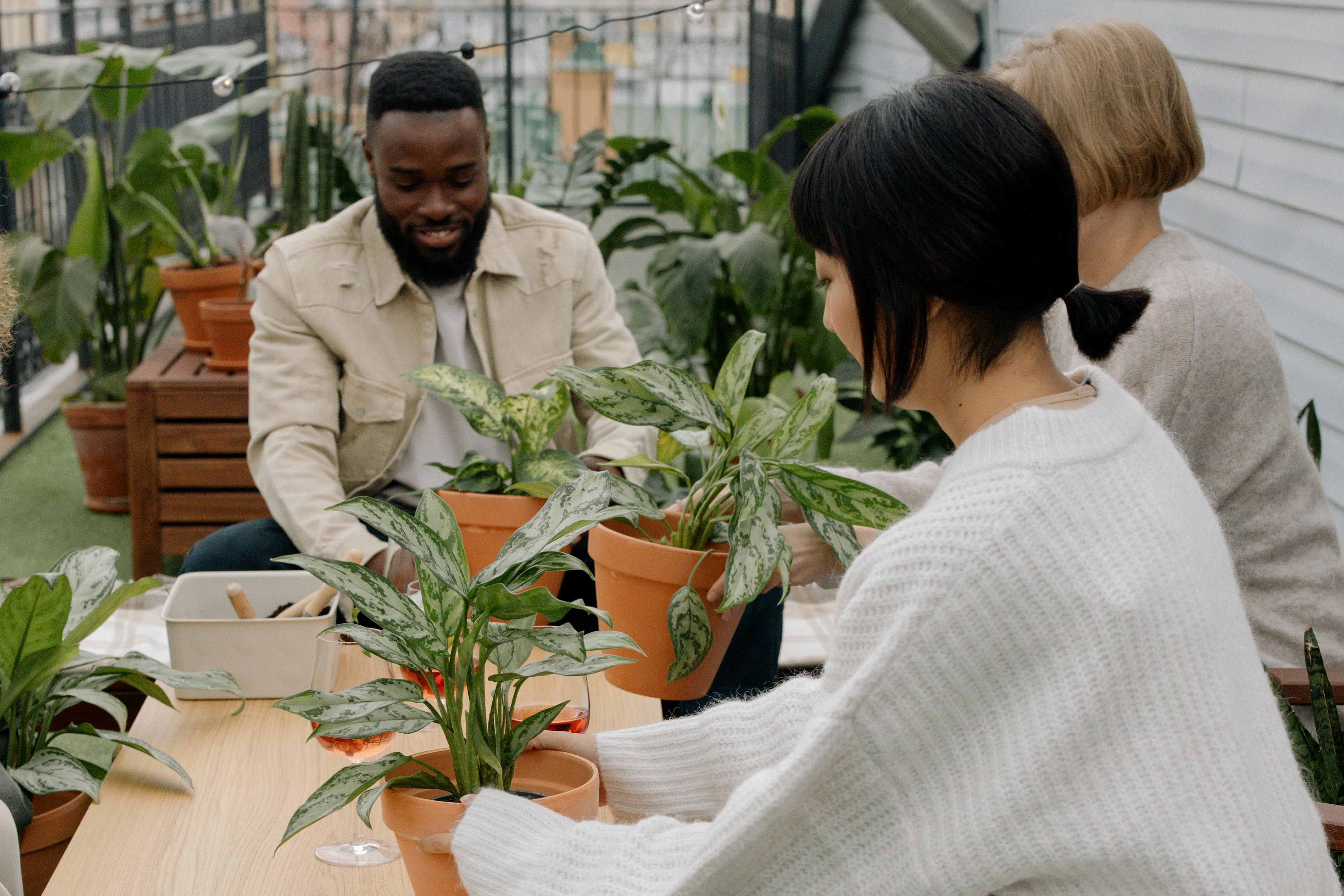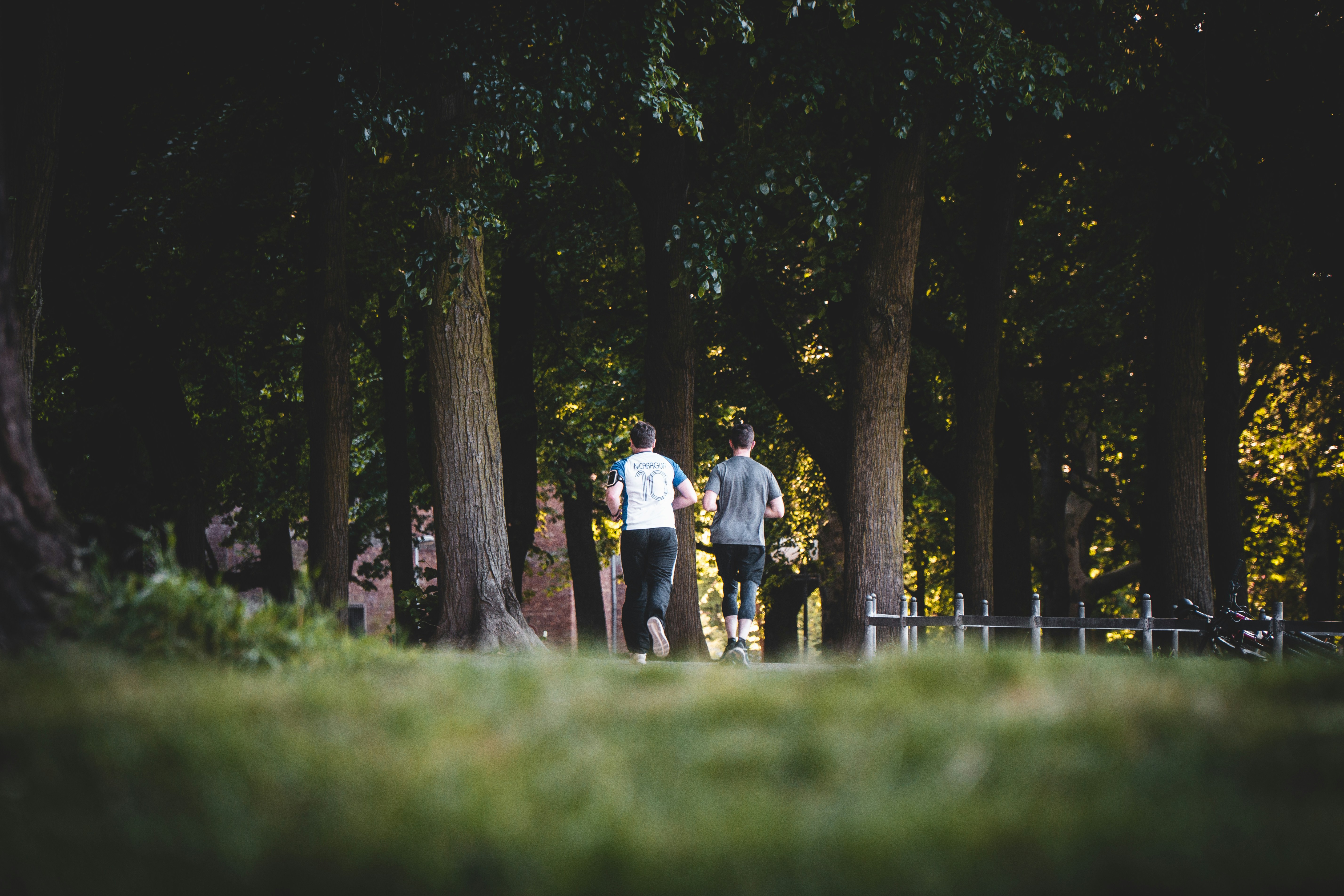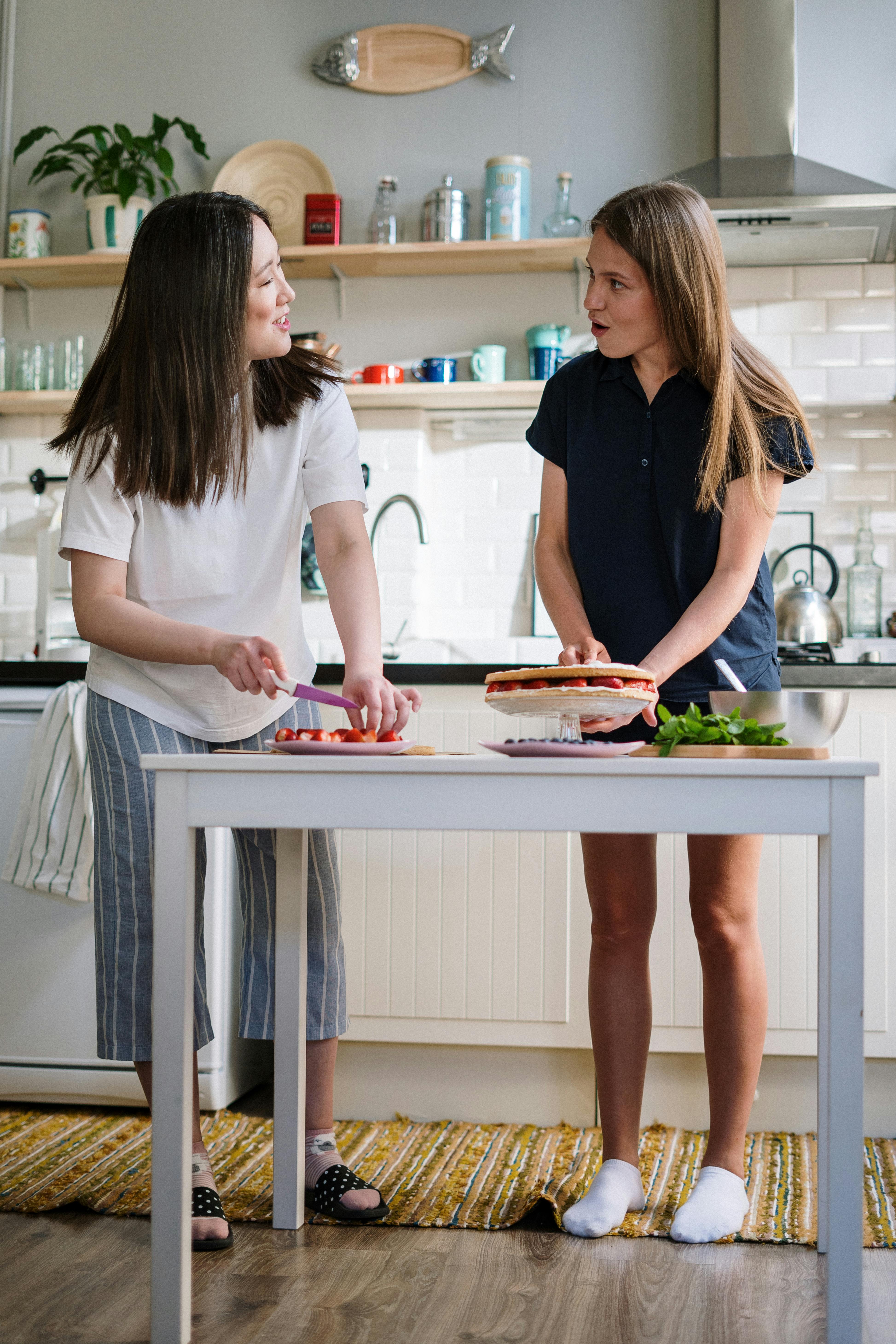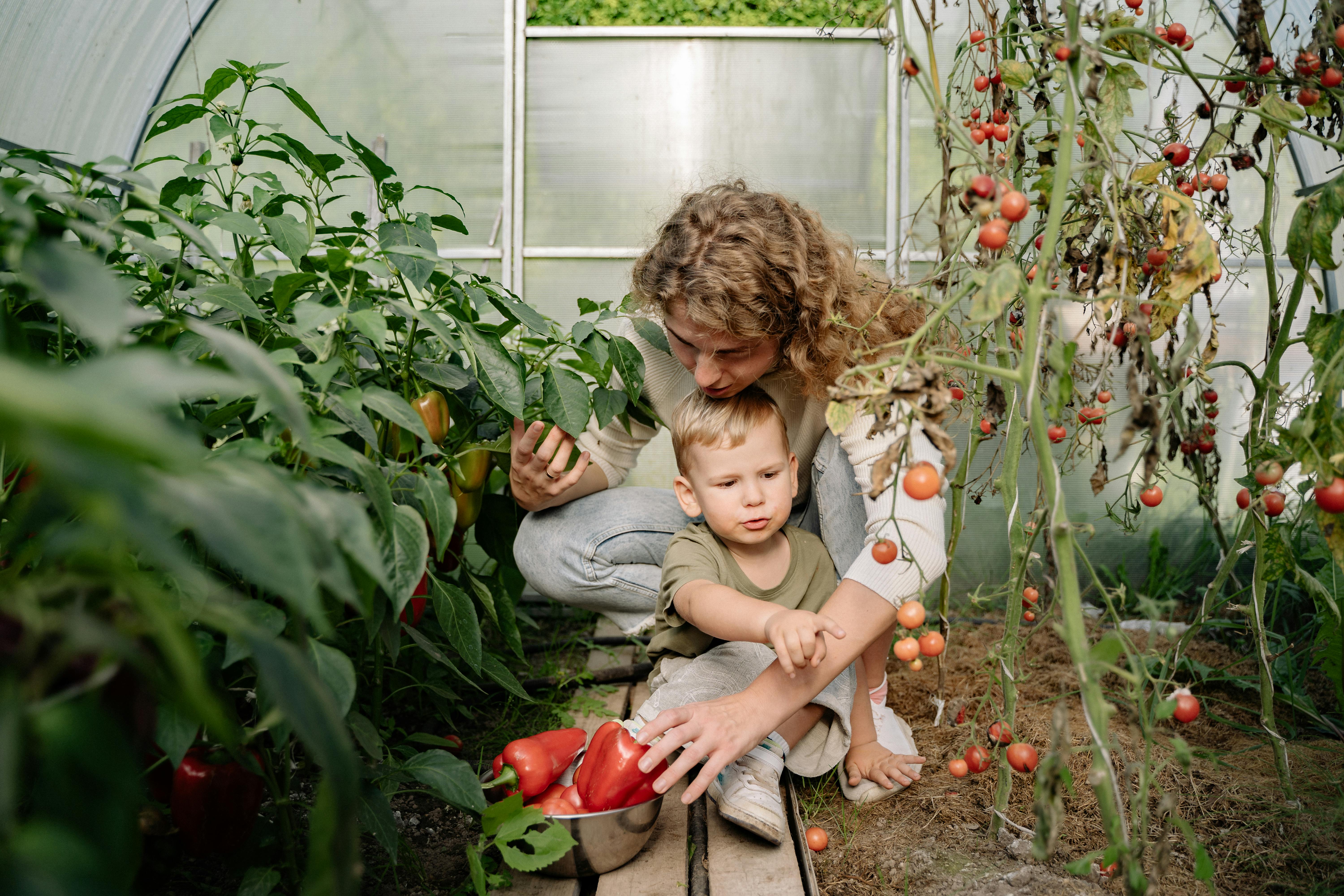
Your Complete Guide for Community Gardening in Australia
Start your community gardening journey in Australia! Learn how to plan, plant, and grow with neighbors while building strong connections and a greener local environment.
Community gardening is more than just planting veggies in a shared space—it’s an opportunity to bring people together, create a sense of belonging, and foster new friendships. Across Australia and around the world, the concept of the community garden has been steadily growing in popularity. Indeed, as our cities expand and as individuals seek healthier, more connected ways of living, community gardens have emerged as a beacon of hope, collaboration, and well-being.
In the following guide, we’ll explore everything from the origins of community gardens to practical advice for getting one started. We’ll delve into how community gardens strengthen neighbourhood ties, promote environmental sustainability, and foster a deeper understanding of nature. We’ll also touch on ways to keep your garden thriving in the long run and how to overcome common challenges. Most importantly, we’ll discuss how platforms like Bunchups—which helps people find small gatherings and meetups based on shared interests—can support your community garden venture and encourage meaningful connections among participants.
Whether you’re brand-new to gardening or already have a green thumb, this comprehensive guide will inspire you to roll up your sleeves, grab a shovel, and become part of something that unites communities in a very tangible, positive way.
The Ever-Growing Popularity and History of Community Gardens
A community garden is far more than a patch of land with plants. It’s a living, breathing gathering point where neighbours collaborate, share knowledge, exchange harvests, and build genuine relationships. Historically, the tradition of the community garden dates back to the late 19th century, primarily in the 1890s, and became pivotal during both World Wars, when urban ‘victory gardens’ provided much-needed food supplies in times of scarcity.
In Australia, the earliest recognised community garden was founded in 1977. Today, there are around 600 such gardens scattered across the nation. Research into urban agriculture continues to emphasise the importance of local, community-based food production. It’s estimated that a single community garden plant can produce approximately 1.2 kg of fresh food over four months—an astonishing statistic that underscores the practical benefits of shared growing spaces. Beyond the immediate yield of vegetables, fruits, and herbs, the intangible benefits of a community garden—like relationship-building and the joy of cultivating living things—are simply immeasurable.
Bringing People Together: How Community Gardens Work Their Magic
One of the most obvious perks of a community garden is the sense of belonging it generates. Each gardener has a hand in planting seeds, pulling weeds, and enjoying the harvest, and these collective efforts create a shared sense of pride. In other words, folks aren’t just growing tomatoes, lettuce, or marigolds—they’re growing community.
Community gardening also plays a critical role in improving overall well-being. First, there’s the straightforward benefit of having easy access to fresh, nutritious produce. Community-grown food is often pesticide-free, offering participants a healthier, more sustainable option compared to some commercial alternatives. Then, there are the mental health advantages. Gardening is a famously meditative, calming activity, and many people find that regularly spending time in a green space reduces stress and fosters happiness. And then there’s the social aspect: forging new friendships or deepening existing ones can alleviate feelings of isolation that are becoming increasingly prevalent in modern cities.
For instance, in one Minneapolis neighbourhood in the United States, a devastating tornado left many homes destroyed and empty lots abandoned. In response, the city leased these vacant parcels for a token fee—just $1 per year—so that residents could transform them into community gardens. Within a few years, a local community garden named “The Story Garden” took root as a meeting place, a sanctuary, and a literal space to “grow and gather.” It evolved into a spot for bonfires, potlucks, sharing of extra produce, pollinator planting, and communal reflection. The biggest lesson there: you don’t need perfect knowledge or massive capital to start a thriving community garden. You just need people with a shared vision willing to take that first small step together.
Community Gardens Australia: A Network of Support
In Australia, one organisation that stands out in supporting and advocating for the community garden movement is Community Gardens Australia. Formed in 1996, entirely by volunteers passionate about sustainable living and bringing people together, this network has spent decades helping both brand-new and established gardens. They provide:
- Resources and pamphlets about how to start a community garden.
- Informational support about dealing with local councils, insurance, and funding.
- An online directory that allows people to locate existing gardens and get involved.
- Advocacy: If a council or government body is reluctant to support local gardening, Community Gardens Australia steps in and highlights the significant benefits that community gardens bring to neighbourhoods, from health and wellness to food security.
A key challenge they confront—and one echoed by many community gardens across the country—is securing funding. Membership fees are a start, but there’s often a need for government support, grants, or sponsorships to cover water, tools, and land costs. Such challenges underscore the importance of broader community engagement. As soon as people recognise how a community garden can improve local life—by providing fresh produce, brightening up unused spaces, and connecting lonely individuals—support often flows in.
Practical Steps to Start (and Sustain) a Community Garden
Starting a community garden can feel daunting at first. There are questions about land, water, soil, volunteers, insurance, and so on. But rest assured, communities across Australia (and around the world) have figured out how to do it—and you can, too. Below is a thorough, conversational take on everything you might need to consider.
Begin with Community Engagement
A community garden is all about shared responsibility, so the process starts by chatting with neighbours, local café owners, organisations, sports clubs, and anybody else who might be keen. When you sense there’s enough interest from at least several families or households, hold a few casual get-togethers to brainstorm. Ask questions like:
- What do we want our community garden to achieve?
- What kinds of plants (edible or ornamental) do we want to grow?
- How will we share responsibilities—like watering, weeding, composting, fundraising?
At this stage, check in with local schools, churches, or youth groups to see if they want in as well. The more diverse and enthusiastic your group, the stronger the foundation for your community garden.
Form a Garden Committee
Once you’ve gauged enough interest, forming a small committee can help keep decision-making organised. You might nominate a chair (or president), a treasurer, and a secretary. Everyone else can take on responsibilities that match their strengths—maybe you have someone great at talking with local councils and someone else who’s an avid gardener, ready to lay out garden plots.
Finding Suitable Land
Land is crucial. The best site receives at least six to eight hours of sunlight each day, has reasonably flat terrain, and decent soil. Some prospective gardens opt for vacant lots, but you might also look at school yards, churches, or vacant land offered by a community member. Make sure you confirm legal ownership (through your council or local records office) and always secure permission from the landowner. If you’re lucky, you’ll find a site with an existing water meter or easy access to water. If not, factor in costs for new water lines or consider raised beds that require less frequent watering.
Getting the Right Paperwork and Insurance
Once you settle on a site, get a written lease, ideally for at least three years. Many landowners worry about liability, so most committees add a “hold harmless” clause in their agreements, ensuring the landowner is not responsible if a gardener is injured. You may also need liability insurance, especially if your local council requires it. It can sound intimidating, but remember that countless community gardens manage these logistics—and there’s plenty of support available online or through local volunteer organisations.
Planning Your Garden
Sit down with fellow gardeners, draw up a rough map of the garden layout, and agree on basic elements. Think about how many individual plots you’ll offer—some recommend at least 15. Decide where you’ll set up a compost area, whether you want raised beds, how you’ll fence the perimeter (if needed), and which areas might be dedicated to communal fruit trees or herb patches. Some gardens, particularly those in high-traffic suburbs, install water-saving irrigation systems or use mulch to reduce weeds. It’s also handy to have a small shed or shipping container on site for storing tools, seeds, and other supplies.
Focusing on Soil Health
Many parts of Australia have soil that’s clay-based, sandy, or otherwise lacking in organic matter. Before planting anything, test the soil through your local Extension office or a reputable agricultural service. If your soil is heavily compacted or contaminated, consider building raised beds. Otherwise, enrich it with compost, manure, or a well-balanced organic fertiliser. Community Gardens Australia often points out that well-prepared soil not only yields more abundant produce but also requires fewer resources like water and synthetic fertilisers.
Start Small, Plant Something!
While it’s tempting to spend a year over-planning, experience shows it’s best to get your hands dirty sooner rather than later. Choose a small portion of the site for your initial plantings. Fast-growing, easy-to-care-for veggies—like lettuce, silverbeet (chard), or tomatoes—will give participants a taste of success. Once the watering system is set up, you’re ready to roll. That “first harvest” excitement can galvanise an entire neighbourhood, especially once people see tangible progress and fresh, homegrown food.
Addressing Common Challenges
- Vandalism or Theft: A sturdy fence can deter opportunistic trouble. Sometimes local police or community officers can increase patrols if vandalism spikes. More often than not, once the novelty of meddling wears off, the incidents stop.
- Funding Shortfalls: Fundraisers like plant sales, barbecues, or raffles are a great way to supplement membership fees. Some gardens successfully apply for grants from local councils, philanthropic organisations, or environmental charities.
- Communication Hiccups: Make sure everyone knows the garden rules, fees, and roster schedules. Post updates on a noticeboard, start a group message chat and hold monthly or quarterly meetings.
- Weeds, Trash, and Disorganisation: A compost system is your best friend for garden scraps, and a well-maintained path or bed layout helps keep the garden tidy. If a plot is neglected, have a policy that gently reassigns it after several reminders.
Fostering a Gathering Place for the Entire Community
A thriving community garden can be about so much more than just planting and harvesting. Some gardens evolve into communal gathering spaces, hosting movie nights, seasonal potlucks, or local skill-share workshops (like composting tutorials or cooking demonstrations). Others arrange children’s corners, replete with sandpits, pollinator gardens, and easy-to-grow plants that let youngsters learn through hands-on play.
The magic of a community garden is its ability to unify people of different ages, backgrounds, and abilities. You might see an older retiree demonstrating pruning techniques alongside a group of newly settled immigrants planting vegetables from their home country. Or a few local teenagers who might never have dug in the dirt but suddenly discovered how peaceful it is to nurture living things. Indeed, it’s this slow, steady pace—where vegetables, herbs, and friendships bloom over weeks and months—that stands in refreshing contrast to the hectic modern pace.
How Bunchups Can Help Your Community Garden Thrive
One of the best ways to keep your community garden lively and well-attended is by encouraging small gatherings and meetups. This is where Bunchups comes in. At Bunchups, the belief is that small gatherings can foster deep, lasting connections. Think about it: a community garden thrives best when there’s regular attention—like watering, weeding, compost turning, or even just chatting about tips for growing cucumbers in the Australian climate.
With Bunchups, you can:
- Find like-minded locals who share your passion for community gardening. Maybe you’ve got a vacant plot that needs a caretaker or you’re organising a weekend working bee. Bunchups can connect you with potential helpers or new friends keen to get involved.
- Create or Join Small Garden Meetups to share practical skills. Perhaps you’re an expert on composting, and you’d love to host a short, hands-on workshop. Or maybe you’re hoping to attend an existing bunch for seed-swapping or collaborative planting.
- Schedule Gatherings such as a one-on-one session with a newcomer to demonstrate how to prune fruit trees, or a group pollinator-planting day that fosters biodiversity.
Because Bunchups focuses on small, meaningful activities—instead of massive, impersonal events—participants find a real sense of belonging. It’s the perfect complement to the spirit of a community garden, where those looking for deeper, more personal connections are likely to find exactly what they need among the rows of fresh greens and budding flowers.
Remember, Bunchups is free to use and helps connect individuals seeking anything from fitness buddies to book-reading circles to, of course, fellow gardeners. Getting newcomers, immigrants, or folks experiencing loneliness involved in a garden can work wonders for mental health. With your listing on Bunchups, you can spotlight volunteer days, orchard-pruning events, or vegetable harvesting sessions—anything that might encourage new participants to wander down to the garden and say, “Hey, can I lend a hand?”
Celebrating and Growing Together
Once your community garden is established—be it a simple corner block with a few raised beds or a large allotment with dozens of plots—it’s time to celebrate. Hosting a barbecue or open day is a brilliant way to let the neighbourhood explore the space and learn how they can get involved. Invite local media, highlight the successes (like your first big tomato harvest), and remember to give heartfelt thanks to everyone who contributed resources, labour, or moral support.
Don’t forget that the journey only continues from here. A community garden is a dynamic, living entity—constantly changing with the seasons, welcoming new faces, and brimming with fresh produce. Over time, it might expand physically, or perhaps you’ll adopt new technology (like more advanced drip irrigation systems) or host more diverse gatherings (yoga among the lettuce, anyone?). Some participants may simply pop in for a short season, while others find that a community garden becomes a home away from home.
Embracing the Bigger Picture
In many ways, the success of a community garden echoes a broader transition in our society towards local sustainability and communal resilience. By growing food in your neighbourhood, you reduce your carbon footprint, reconnect with nature, support biodiversity, and learn to value the effort behind every single lettuce leaf or carrot bunch.
The intangible benefits are just as significant: there’s that collective excitement of nurturing seeds into seedlings, the warm glow of sharing produce with someone who may not always have enough healthy food, and the camaraderie built by working side by side under the sun. Through the cyclical dance of planting, tending, harvesting, and resting, a community garden offers life lessons in patience, cooperation, and renewal.
If you ever find yourself alone on a Sunday afternoon, wishing you had a friend to do some planting with—or even just to chat about composting methods—consider listing your activity on Bunchups. People in your suburb might share your exact interest. Small gatherings lead to more meaningful bonds, and that’s precisely the vision that Bunchups champions: deeper, warmer connections for people who crave them.
Final Thoughts
Embarking on a community garden project is an act of hope and inclusivity. It transforms an empty lot or underused space into a lush, productive haven—one that feeds both body and soul. It’s also an uplifting reminder that no matter where we live, real community and support can flourish when given the chance.
If you’re inspired to start (or join) a community garden, remember that you do not need to have every last detail perfect at the outset. Gather a few keen neighbours, test the soil, talk to your council, and begin with a modest patch. Let nature and community spirit guide you forward. Bring in the help of resources like Community Gardens Australia and outreach platforms like Bunchups, which can seamlessly connect you with new helpers and friends.
Ultimately, the most powerful thing you can do is simply begin. Start small, keep the lines of communication open, address each challenge as it arises, and celebrate every little victory—every new sprout, every shared harvest, and every heartfelt gathering. Together, you’ll create a space that doesn’t just grow plants but also nurtures a sense of unity, belonging, and hope for everyone who steps through its gates.
Here’s to your future community garden—may it be fruitful, connected, and brimming with life.









































.jpg)













.jpg)










































